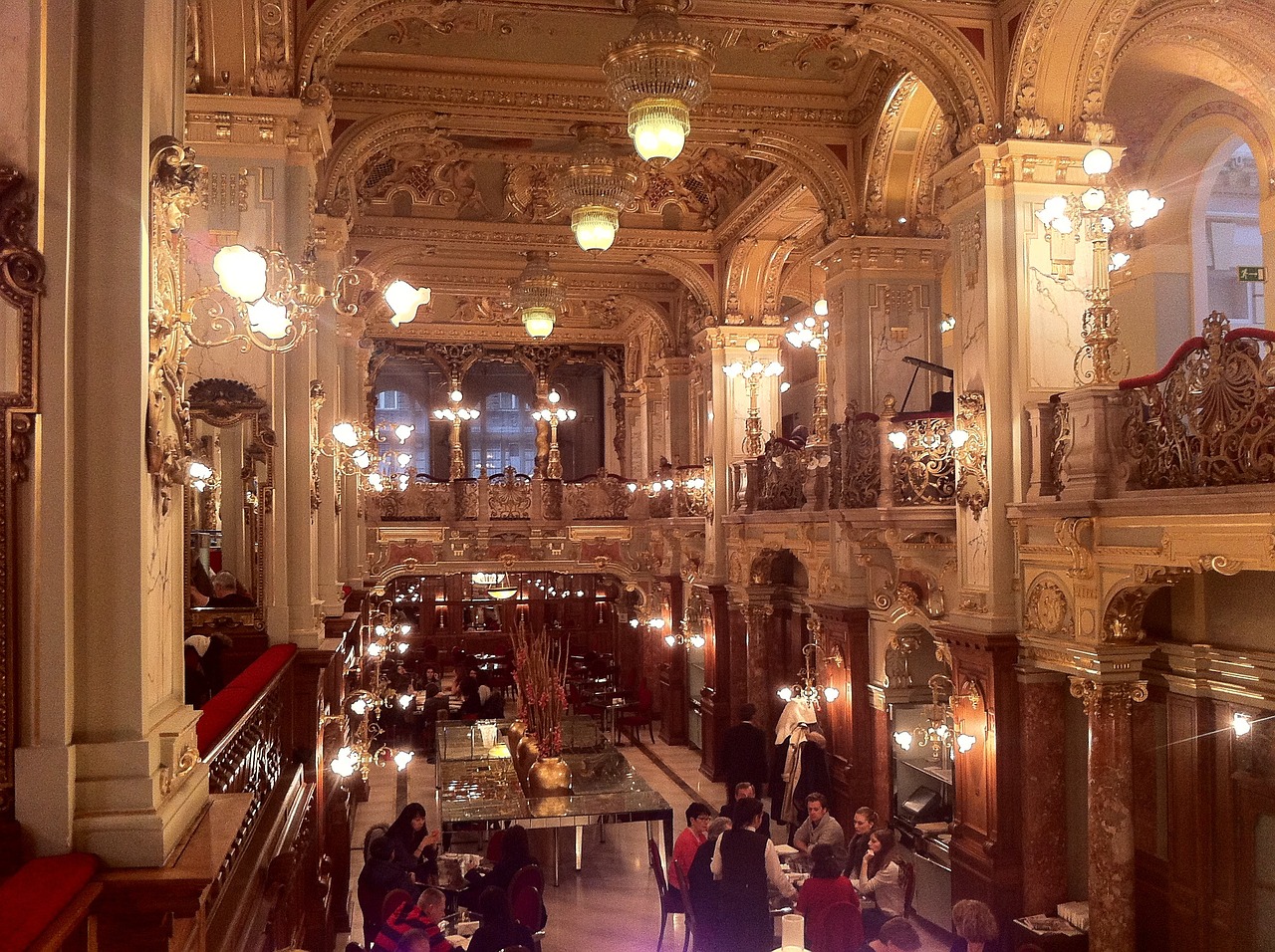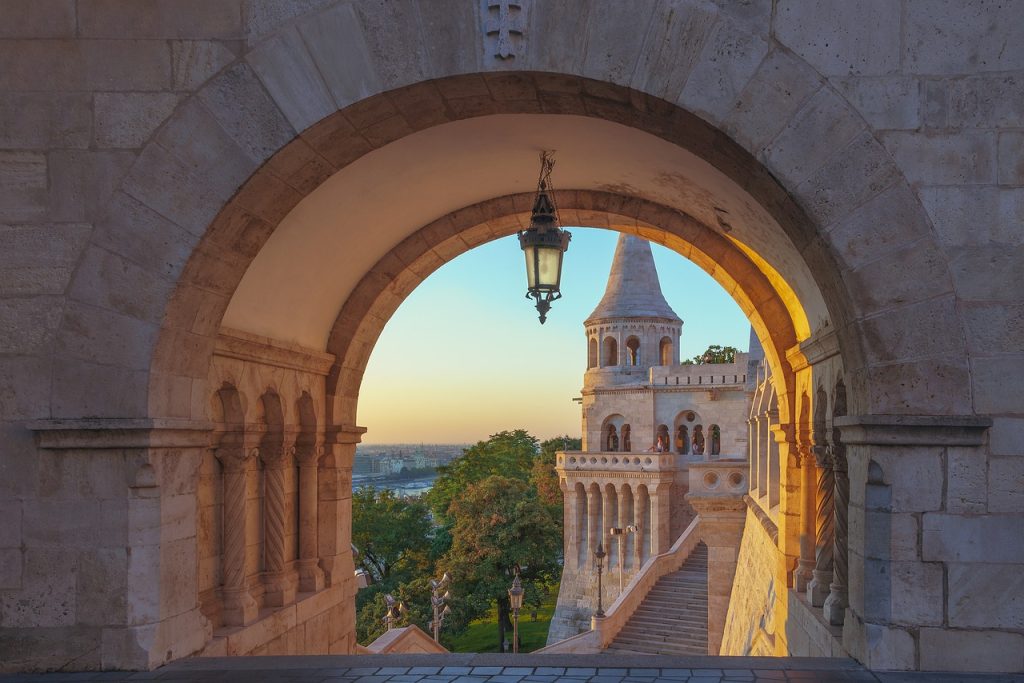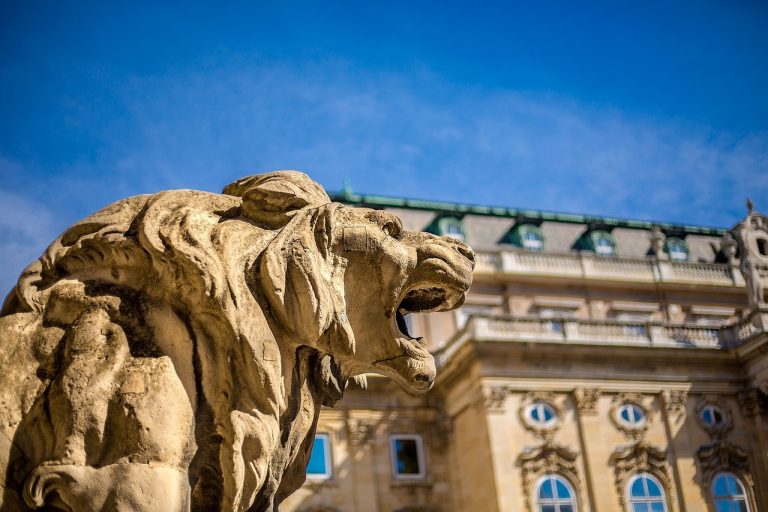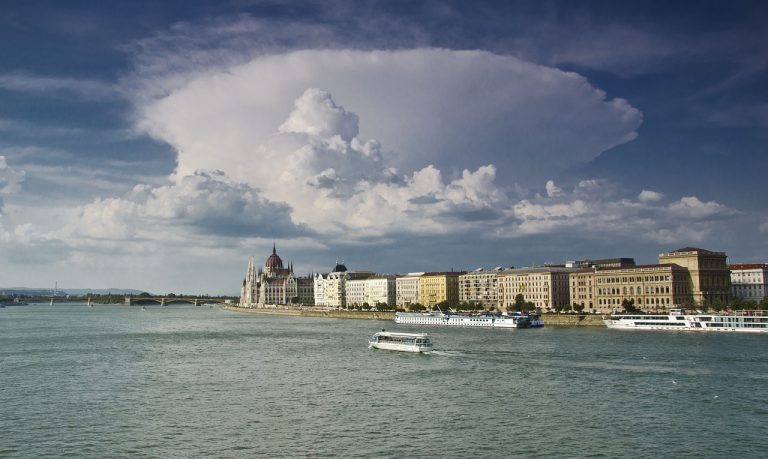Budapest Hungary Video
Local Myths and Legends of Budapest Hungary
Budapest, the capital city of Hungary, is a place rich in history and folklore. Over the centuries, numerous myths and legends have emerged, adding an air of mystery and enchantment to the city. These tales have been passed down through generations, captivating locals and visitors alike. In this article, we will explore some of the most intriguing local myths and legends of Budapest, delving into the stories that have shaped the cultural landscape of this fascinating city.
Buda Castle: The Buda Castle, perched on the Castle Hill overlooking the Danube River, holds a prominent place in Budapest’s myths and legends. According to one legend, the castle is haunted by the spirit of a white lady. It is said that she was a young woman who was walled up alive in the castle as a punishment for betraying her lover. Visitors claim to have seen her ghostly figure wandering through the castle’s halls, forever seeking redemption.
Chain Bridge: The Chain Bridge, an iconic symbol of Budapest, has its own share of legends. One popular myth tells the story of a young architect who, after completing the bridge, realized that he forgot to add a lion statue at each end, as originally planned. Consumed by guilt, he took his own life by jumping off the bridge. It is said that his spirit now guards the bridge, ensuring its stability and protecting it from harm.
Matthias Church: The Matthias Church, located in the heart of Budapest, has a legend associated with its stunning roof. According to the tale, the roof was originally covered in colorful tiles. However, during the Turkish occupation, the church was converted into a mosque, and the tiles were removed. Legend has it that the tiles were buried in secret, and it is believed that if they are ever found, the church will regain its former glory.
Fisherman’s Bastion: The Fisherman’s Bastion, a picturesque terrace in Budapest, is said to be connected to a legend of the fisherman who defended the city walls. According to the story, during a siege, the fisherman used their skills to protect the city by throwing fish from the river onto the attackers. The enemy soldiers, thinking that the city had abundant food supplies, retreated, leading to the victory of Budapest. To honor their bravery, the Fisherman’s Bastion was built.
Heroes’ Square: Heroes’ Square, a grand square dedicated to Hungarian history and national heroes, has its own mythical tale. According to legend, the statues on the square come to life at midnight on New Year’s Eve. It is said that these statues, representing important figures from Hungarian history, gather to celebrate the new year and share their wisdom with those who are lucky enough to witness this magical event.
St. Stephen’s Basilica: St. Stephen’s Basilica, one of Budapest’s most magnificent churches, is associated with a legend involving the mummified right hand of King Stephen I, Hungary’s first king and patron saint. The legend states that if someone is able to touch the holy relic and make a wish, their wish will come true. This belief attracts numerous visitors who hope for luck and blessings by touching the sacred relic.
The Danube River: The Danube River, flowing through Budapest, has its own legend known as the “Legend of the Mermaid.” According to the tale, a beautiful mermaid lived in the river and fell in love with a handsome fisherman. However, their love was forbidden, and the mermaid was captured by a water witch. It is said that on stormy nights, the mermaid’s mournful cries can still be heard echoing along the riverbanks.
Gellért Hill: Gellért Hill, named after Bishop Gellért, has a tragic legend associated with it. According to the story, Gellért was a missionary who was killed by pagans who opposed his efforts to convert the people to Christianity. His body was placed in a barrel and rolled down the hill into the Danube River. Today, a monument stands on Gellért Hill in his memory, reminding visitors of the sacrifices made in the name of faith.
Rudas Baths: The Rudas Baths, a historic thermal bath complex in Budapest, has a legend linked to its healing waters. It is said that the baths were created by a Turkish pasha who discovered the rejuvenating properties of the thermal springs. The legend claims that the pasha’s daughter was cured of a mysterious illness after bathing in the waters, leading to the establishment of the Rudas Baths as a place of healing and relaxation.
Margaret Island: Margaret Island, located in the middle of the Danube River, has a legend associated with a nun named Margaret. According to the tale, Margaret was the daughter of King Béla IV and chose a life of seclusion on the island. She devoted herself to prayer and healing, and it is said that her spirit still watches over the island, bringing peace and tranquility to all who visit.
Conclusion
Budapest, Hungary, is a city steeped in history and mythology. The local myths and legends add an extra layer of enchantment to the already captivating atmosphere of the city. From haunted castles to mysterious mermaids, these tales offer a glimpse into the rich cultural heritage of Budapest. Exploring these legends can be a fascinating way to delve into the city’s past and immerse oneself in its unique folklore.
References:
- visitbudapest.travel
- budapestbylocals.com
- hellohungary.com
- hungarytoday.hu
- timeout.com/budapest
Budapest Hungary Image 1:
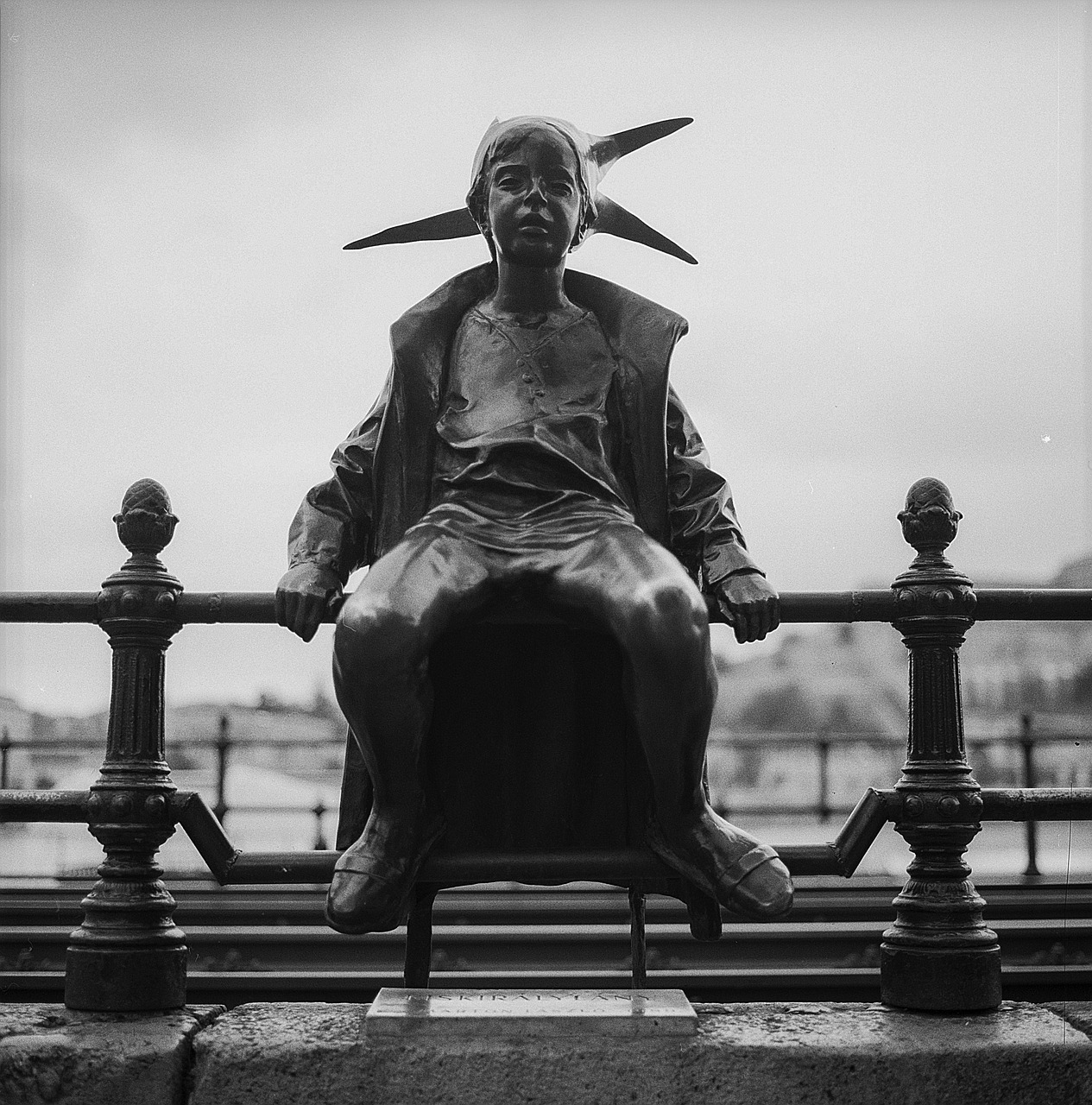
Budapest Hungary Image 2:

Budapest Hungary Image 3:
